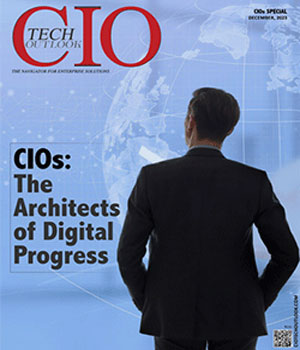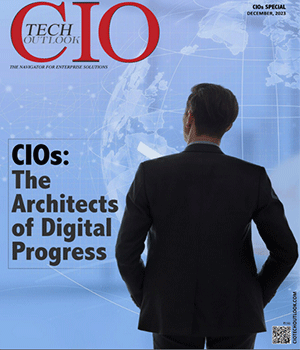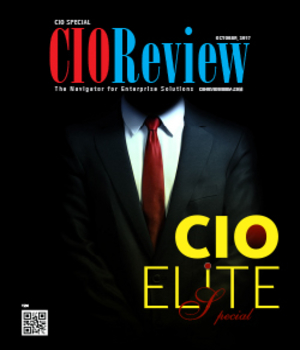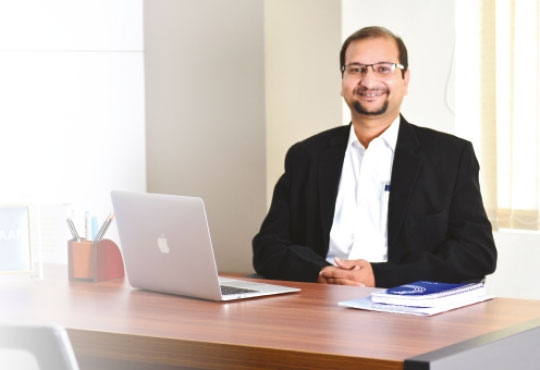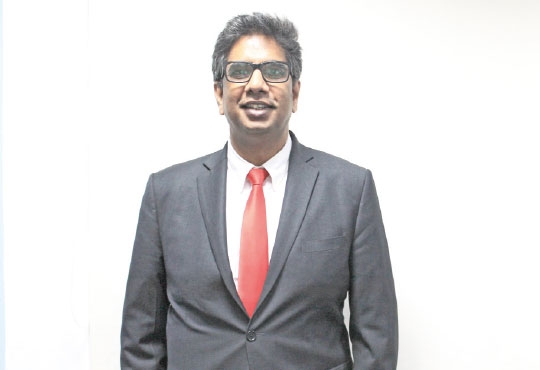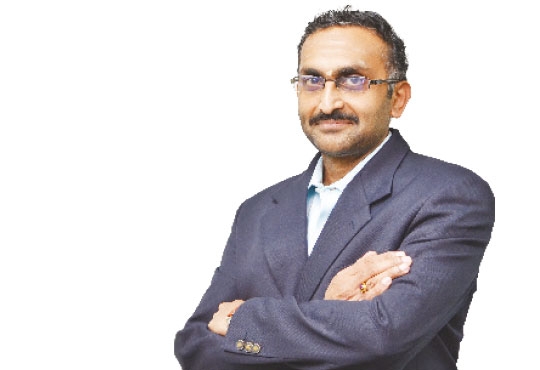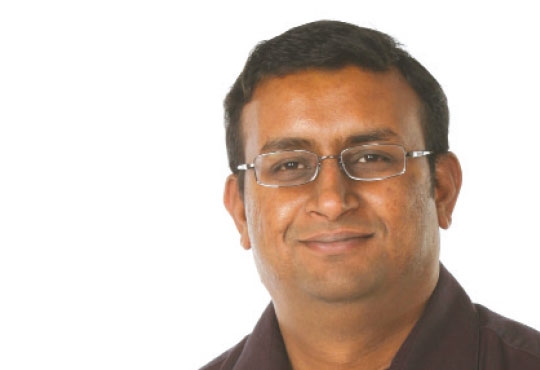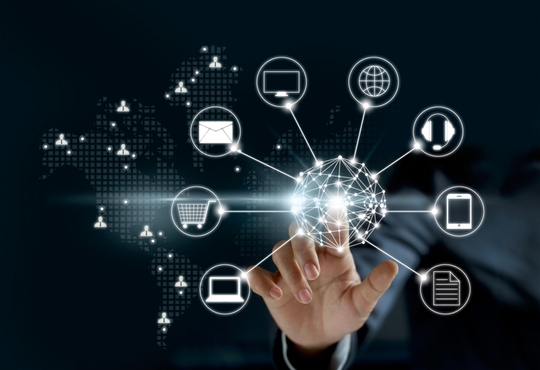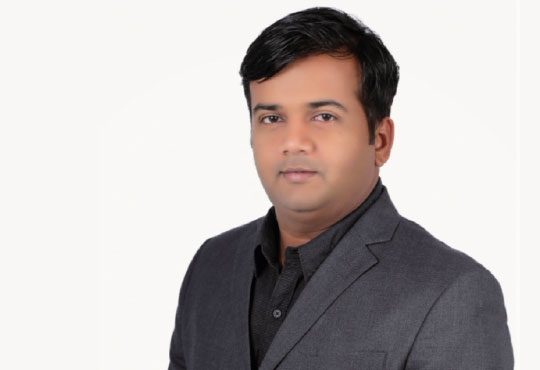
Are we building Self-Sustainable Smart Cities?
Uttam Kumar, Head - IT Innovations & New Technology, Aircel | Monday, 09 October 2017, 06:29 IST
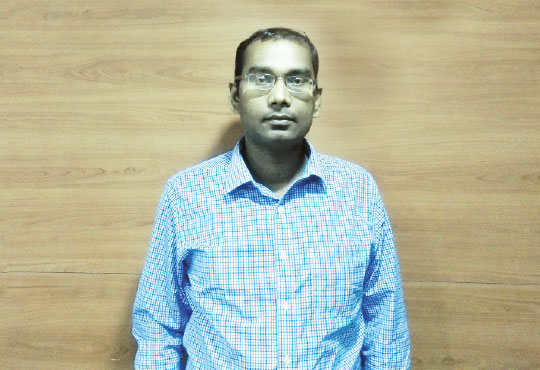 Smart city technologies continue to experience rapid growth, both in the development of new devices and their applications within the city environment. According to an IDC report, cities’ investment in Internet of Things (IoT) technologies will increase by $97 billion from 2015 – 2019 globally. As the world continues to become increasingly interconnected, technology no longer revolves solely around the pure innovation and efficacy of a single product operating alone in a silo. Technology often must now operate within a connected ecosystem to more fully realize its value.
Smart city technologies continue to experience rapid growth, both in the development of new devices and their applications within the city environment. According to an IDC report, cities’ investment in Internet of Things (IoT) technologies will increase by $97 billion from 2015 – 2019 globally. As the world continues to become increasingly interconnected, technology no longer revolves solely around the pure innovation and efficacy of a single product operating alone in a silo. Technology often must now operate within a connected ecosystem to more fully realize its value.
The Indian government in 2015 announced 100 cities for the Smart City project. The central government aims to transform about 100 cities by 2019-20, with the Union government providing financial support of Rs. 48,000 crore over five years.
This is an ambitious multi-year program that aims at infusing modern technology into the country’s urban centers catapulting them into the modern age. And as per the definition by the Govt of India –“Smart Cities focus on their most pressing needs and on the greatest opportunities to improve lives. They tap a range of approaches – digital and information technologies, urban planning best practices, public-private partnerships, and policy change – to make a difference. They always put people first”.
Currently, 31% of India’s population lives in cities; these cities also generate 63% of the nation’s economic activity. These numbers are rapidly increasing, with almost half of Indian population projected to live in its cities by 2030. The current cities present a picture of a problems which needs a comprehensive long term solution providing end to end capabilities to the city administrators with minimal manual intervention.
The RFP’s released for these smart city’s require a different kind of application and some analysis says there will be 100’s of application needed by these 100 smart city and mostly these RFP’s are separate in nature and will, therefore, give option to many players to get into the delivery.
The Key questions to be asked are as follows:-
- Do we have right devices or comprehensive solution readily available?
Most of the IoT devices currently available in the market, with an exception of a few, are not rigid or industrial grade. The market is yet to see a good and reliable device with a good device life. With the variety of use cases required in the smart city, there will be need for different kind of special purpose devices to be manufactured with a good quality and affordable price point with support structure? The industry is already working on the standardization in partnership with various stakeholders.
- Does Public Private Partnership (PPP) make sense?
IoT typically requires a group of companies to come together and most of the RFP’s released by the various state government realized the same. Funding a project will mean a much focused approach which can make the entire funding profitable for the consortium with a sustainable business case.
-Is Building an IoT platform the only way for Independent Software Vendor (ISV) to make money?
Today most of the technology Companies are busy building own IOT platforms which they believe is the key focus area for them to be part of IOT play. Eventually a complete ecosystem will evolve where technology & ISV will have a major role to play and economy of scale will bring prices down.
- Maintenance is the key for smart cities. But who will pay for it?
Legacy infrastructure and exponential growth in population is becoming a threat to the Indian Cities. With growing population, it’s further putting pressure on the city infrastructure.
Interoperability of systems - Performance within a connected ecosystem, with many and diverse players, comes with interoperability expectations and therefore challenges that must be addressed before mass deployment occurs — especially when applied to urban environments.
More specifically, while cities may look to implement one technology at a time, the goal of a smart city is to have an over-arching ecosystem of different technologies that collectively improve the efficiency, security, safety and sustainability of a city. Today’s smart city is still highly segmented. There are IoT products for energy storage, transportation, utilities, sustainability and indoor air quality – to name just a few.
“Interoperability is the key for the success of self-sustainable smart Cities”
Without interoperable components that leverage standardization so each work seamlessly with one another, a smart city cannot flourish and achieve its true potential. Today, individual systems are deployed — smart lighting, road sensors, smart meters, etc. — each working largely to fulfil a particular objective, but integrating these technologies in a municipal macro-system and doing so safe way is what will successfully lead to a brighter future for urban life around the world.
The need of the hour is a holistic approach to turn the opportunity into a profit making sustainable business model. A lot of transformation is required at System Integrators, Device ecosystems, Communication service provider’s end and Municipal corporations end to make it sustainable and all this take time to evolve.
We need to create a business model which can sustain in the long run. As the Industry will mature, there will be special purpose IOT Services Company which will emerge and will have a greater role to play.
CIO Viewpoint
Hyper-Converged Infrastructure: The Next Big...
By Amit Jaokar, EVP - IT, Choice International
Embracing Technology: Need of the Hour in BFSI
By Nikhil Bandi, SVP & CIO, Vistaar Financial Services
Three Pronged Approach For Digitization In Life...
By Ekhlaque Bari, EVP & Head Technology - Max Life Insurance
CXO Insights
A Glimpse of A Changed AI Perspective in India
By Dr. Vijay Srinivas Agneeswaran, Senior Director of Technology, Sapient
Social Networking and the Enterprise
By Arindam Sen, SVP, Schneider Electric
Digital Transformation - Darwinism Or Dwarfism?


